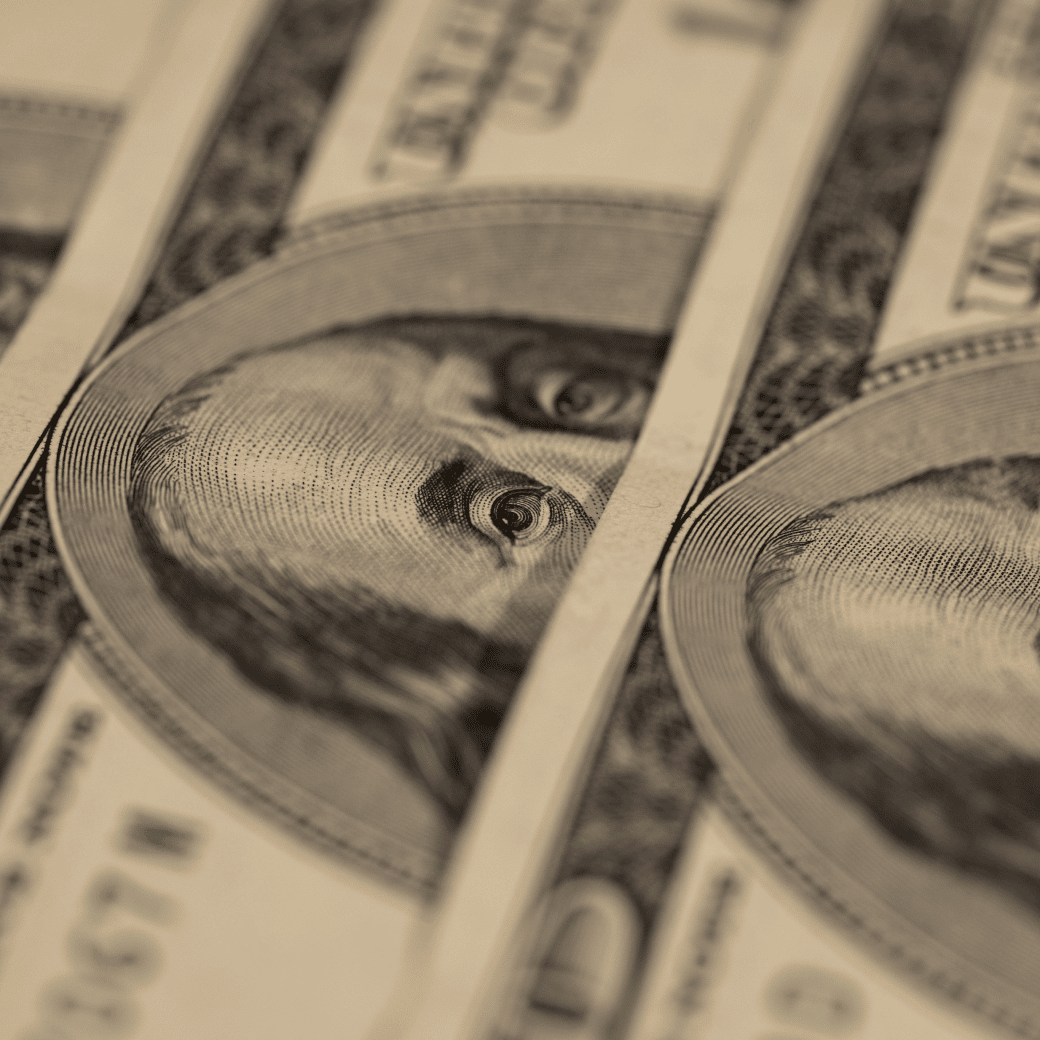News
June 30, 2022
A Return to the 70s? Stagflation Explained

With Inflation running at around 8% in both the U.S. and Europe, growth is starting to slow down, prompting fears of a recession. That has led to some economic institutions, including the World Bank, to warn of “stagflation” lurking in the background.
The term, a mash-up of stagnation and inflation, was popularized in the 1970s by Nobel economics laureate Paul Samuelson. In the U.S. it brings memories of a time when inflation was high, the economy struggled through two recessions and unemployment remained elevated.
Here’s how stagflation occurs and how it puts economies at risk.
In the U.S. and in Europe, unemployment is low and inflation high, suggesting that one indicator of stagflation, high unemployment, is missing.
Turning the current inflation problem into stagflation would require two conditions. First, inflation would have to become persistent, so that the economy adjusts to accept and expect a higher rate of inflation each year.
In the 1970s some central banks avoided this. Germany’s Bundesbank stopped inflation by stepping on the brakes early and committing itself firmly to stable prices. In the U.S. the Federal Reserve, however, took too long to fight inflation.
The second condition to turn today’s inflation into stagflation is a weak economy and higher unemployment—not a temporary increase, as in a recession, but a permanent one, known as structural unemployment. Much of the structural unemployment in the seventies resulted from the energy crisis and slower business growth.
In the U.S., unemployment stood below 4% on the eve of the pandemic, with inflation also low. That suggests the current rate of unemployment at 3.6% is close to the long-term norm. In Europe, too, unemployment has dropped below the levels of 2019.
For now, the Fed and central banks in Europe are struggling to deal with inflation. But most economists agree that it’s too soon to predict stagflation.
But should it occur, businesses can face stagflation by aggressively managing their cashflows, trimming expenses, and, as unpopular as it may be, prepare to push inflationary costs along to customers.
Source: The Economist




